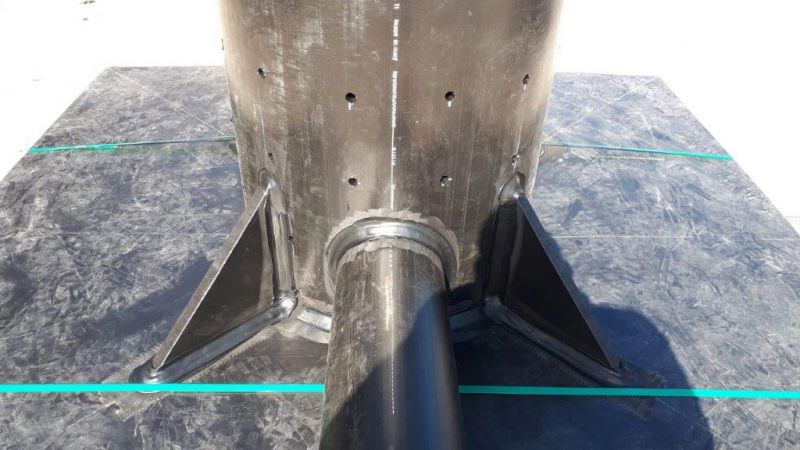

The environment and the ‘green’ restructuring of companies are topics that have taken on vital importance in the choices of manufacturers and consumers today. Consider the fact that, once upon a time, we speculated about alternative energies emerging in the future, while today we can safely say that they are very much of the present. Two of the key issues plaguing our planet in terms of pollution are the disposal of waste and the production of energy that is not tied to the use of fossil fuels.
For this reason, the most mindful and cutting-edge companies are shifting their focus to innovative solutions that allow us to convert waste into energy, solving both problems in one fell swoop. Different strategies can be employed to achieve this goal, with the most well-known being the use of waste-to-energy plants or biomass plants.
1. Waste-to-energy plants for alternative energy: what they are and how they work
Waste-to-energy plants are facilities that produce electricity by harnessing the heating value of what they burn, namely non-recyclable waste. This waste is selected and placed in special furnaces. Through combustion, it produces a large amount of heat which heats the water stored in the boiler. This water is thus transformed into high-pressure steam, which produces electricity. A waste-to-energy plant needs to burn 16 tons of waste to produce 1 MW!
From an economic and energy production standpoint the procedure is very appealing, but the method lacks public support because it is considered polluting. In reality, however, a latest-generation plant under the necessary controls at all times does not generate additional methane and CO2 emissions. The combustion of plastic materials can cause some problems, since the process disperses dioxin and chlorine into the air. In principle, though, adopting this tool allows for a drastic reduction in the use of landfills and provides an energy aid that can be used (for example) for district heating by means of a network of HDPE pipes.
2. The energy produced by biomass plants
The function of biomass plants is similar to that of waste-to-energy plants, but they differ in the type of fuel they burn. While waste-to-energy plants are powered by non-recyclable waste, biomass plants burn food waste and various kinds of agricultural, organic and forestry residue. This particular disposal process produces the same CO2 emissions as a landfill would generate.
3. What waste can become
Biogas can also be produced from waste disposal using a cost-effective and environmentally friendly process called gasification. However, mindful waste disposal can produce more than just thermal and electrical energy. Through a process called pyrolysis, plastic can be transformed into jet fuel.
Rariplast offers:
These products are suitable for civil and industrial gas distribution networks and for gas transport systems in landfills.
Producing clean energy and transporting it through HDPE pipes is already the present, and this method will become even more prominent in the future. We take pride in implementing innovative, high-performance projects. If you are interested, contact us for more information!